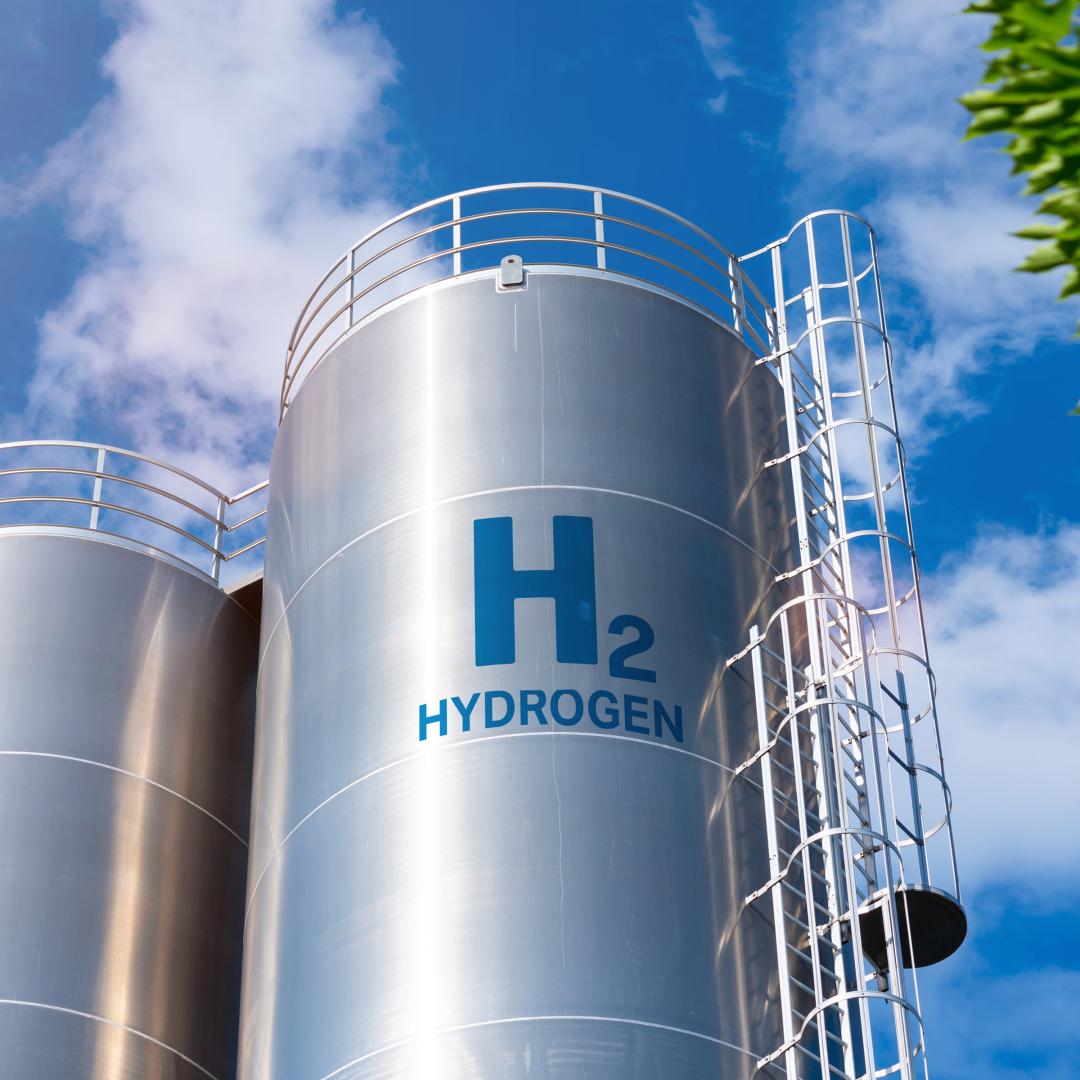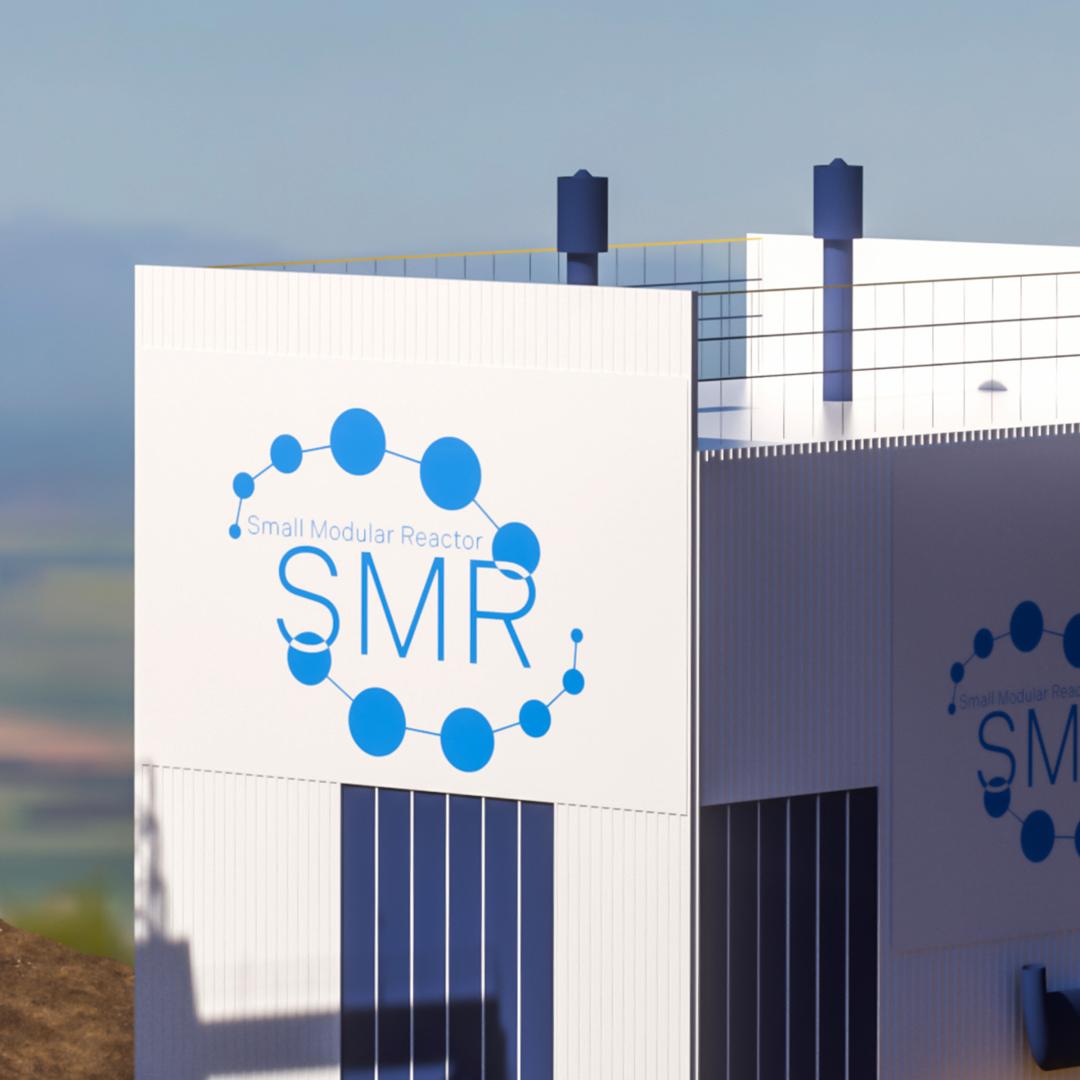References
Barbu, B. (2024). Can biodegradable polymers make microplastics? C&EN Global Enterprise, 102(37), 21–22. https://doi.org/10.1021/cen-10237-cover4
Bauer, F., Nielsen, T. D., Nilsson, L. J., Palm, E., Ericsson, K., Fråne, A., & Cullen, J. (2022). Plastics and climate change—Breaking carbon lock-ins through three mitigation pathways. One Earth, 5(4), 361–376.
Benavides, P. T., Lee, U., & Zarè-Mehrjerdi, O. (2020). Life cycle greenhouse gas emissions and energy use of polylactic acid, bio-derived polyethylene, and fossil-derived polyethylene. Journal of Cleaner Production, 277(124010), 124010. https://doi.org/10.1016/j.jclepro.2020.124010
Bishop, G., Styles, D., & Lens, P. N. L. (2022). Land-use change and valorisation of feedstock side-streams determine the climate mitigation potential of bioplastics. Resources, Conservation and Recycling, 180, 106185. https://doi.org/10.1016/j.resconrec.2022.106185
Chen, G., Li, J., Sun, Y., Wang, Z., Leeke, G. A., Moretti, C., Cheng, Z., Wang, Y., Li, N., Mu, L., Li, J., Tao, J., Yan, B., & Hou, L. (2024). Replacing Traditional Plastics with Biodegradable Plastics: Impact on Carbon Emissions. Engineering, 32.
https://doi.org/10.1016/j.eng.2023.10.002
Cotterill, M. (2020, August 5). Bioplastics: Don’t let the label fool you. Canadian Geographic.
https://canadiangeographic.ca/articles/bioplastics-dont-let-the-label-fool-you/
Di Bartolo, A., Infurna, G., & Dintcheva, N. T. (2021). A Review of Bioplastics and Their Adoption in the Circular Economy. Polymers, 13(8), 1229. https://doi.org/10.3390/polym13081229
Dokl, M., Copot, A., Krajnc, D., Fan, Y. V., Vujanović, A., Aviso, K. B., Tan, R. R., Kravanja, Z., & Čuček, L. (2024). Global projections of plastic use, end-of-life fate and potential changes in consumption, reduction, recycling and replacement with bioplastics to 2050. Sustainable Production and Consumption, 51, 498–518. https://doi.org/10.1016/j.spc.2024.09.025
Escobar, N., & Britz, W. (2021). Metrics on the sustainability of region-specific bioplastics production, considering global land use change effects. Resources, Conservation and Recycling, 167, 105345. https://doi.org/10.1016/j.resconrec.2020.105345
European Bioplastics. (2023). Bioplastics market development update 2023. European Bioplastics E.V. https://docs.european-bioplastics.org/publications/market_data/2023/EUBP_Market_Data_Report_2023.pdf
European Bioplastics. (2024). Bioplastics market development update 2024. European Bioplastics E.V. https://www.european-bioplastics.org/market/
Ferreira-Filipe, D. A., Paço, A., Duarte, A. C., Rocha-Santos, T., & Patrício Silva, A. L. (2021). Are Biobased Plastics Green Alternatives?—A Critical Review. International Journal of Environmental Research and Public Health, 18(15), 7729. https://doi.org/10.3390/ijerph18157729
Helm, L. T., Venier-Cambron, C., & Verburg, P. H. (2025). The potential land-use impacts of bio-based plastics and plastic alternatives. Nature Sustainability. https://doi.org/10.1038/s41893-024-01492-7
Islam, M., Xayachak, T., Haque, N., Lau, D., Bhuiyan, M., & Pramanik, B. K. (2024). Impact of bioplastics on environment from its production to end-of-life. Process Safety and Environmental Protection, 188, 151–166. https://doi.org/10.1016/j.psep.2024.05.113
Ita-Nagy, D., Vázquez-Rowe, I., Kahhat, R., Chinga-Carrasco, G., & Quispe, I. (2020). Reviewing environmental life cycle impacts of biobased polymers: current trends and methodological challenges. The International Journal of Life Cycle Assessment, 25(11), 2169–2189. https://doi.org/10.1007/s11367-020-01829-2
Karali, N., Khanna, N., & Shah, N. (2024, April 12). Climate Impact of Primary Plastic Production [Review of Climate Impact of Primary Plastic Production]. Lawrence Berkeley National Laboratory. https://escholarship.org/uc/item/6cc1g99q
Meng, F., Brandão, M., & Cullen, J. M. (2024). Replacing Plastics with Alternatives Is Worse for Greenhouse Gas Emissions in Most Cases. Environmental Science & Technology, 58(6). https://doi.org/10.1021/acs.est.3c05191
Patria, R. D., Rehman, S., Yuen, C. W. M., Lee, D.-J., Vuppaladadiyam, A. K., & Leu, S. (2024). Energy-environment-economic (3E) hub for sustainable plastic management – Upgraded recycling, chemical valorization, and bioplastics. Applied Energy, 357, 122543–122543. https://doi.org/10.1016/j.apenergy.2023.122543
Piemonte, V., & Gironi, F. (2010). Land-use change emissions: How green are the bioplastics? Environmental Progress & Sustainable Energy, 30(4), 685–691. https://doi.org/10.1002/ep.10518
Plastics Europe. (2024, November 18). Plastics – the fast Facts 2024 • Plastics Europe. Plastics Europe. https://plasticseurope.org/knowledge-hub/plastics-the-fast-facts-2024/
Rosenboom, J.-G., Langer, R., & Traverso, G. (2022). Bioplastics for a Circular Economy. Nature Reviews Materials, 7(117–137), 1–21. https://doi.org/10.1038/s41578-021-00407-8
The multifaceted challenges of bioplastics. (2024). Nature Reviews Bioengineering, 2(4), 279–279. https://doi.org/10.1038/s44222-024-00181-6
Vanderreydt, I., Rommens, T., Tenhunen, A., Mortensen, L. F., & Tange, I. (2021, May). Greenhouse gas emissions and natural capital implications of plastics (including biobased plastics). Eionet Portal; European Environment Agency (EEA) European Topic Centre on Waste and Materials in a Green Economy.
https://www.eionet.europa.eu/etcs/etc-wmge/products/etc-wmge-reports/greenhouse-gas-emissions-and-natural-capital-implications-of-plastics-including-biobased-plastics
Walker, S., & Rothman, R. (2020). Life cycle assessment of bio-based and fossil-based plastic: A review. Journal of Cleaner Production, 261, 121158. https://doi.org/10.1016/j.jclepro.2020.121158
Zhao, X., Cornish, K., & Vodovotz, Y. (2020). Narrowing the gap for bioplastic use in food packaging-an update. Environmental Science & Technology, 54(8). https://doi.org/10.1021/acs.est.9b03755
Zhao, X., Wang, Y., Chen, X., Yu, X., Li, W., Zhang, S., Meng, X., Zhao, Z.-M., Dong, T., Anderson, A., Aiyedun, A., Li, Y., Webb, E., Wu, Z., Kunc, V., Ragauskas, A., Ozcan, S., & Zhu, H. (2023). Sustainable bioplastics derived from renewable natural resources for food packaging. Matter, 6(1), 97–127. https://doi.org/10.1016/j.matt.2022.11.006










